What do IACSD Guidelines really mean? An update with Dr David Craig
Last week, I attended my local BDA branch meeting with Dr David who hoped to clarify the recent IACSD Guidelines. Here's what I learnt from the evening.
Who are IACSD?
The Intercollegiate Advisory Commitee for Sedation in Dentistry (IACSD) released their guidelines in 2015 and included bodies from the Royal College of Surgeons, Anaesthetists, representatives from defence unions, FDGP and other members from dental specialities who came together to write comprehensive standards for the provision of conscious sedation in dentistry.
To read the document click here.
What is conscious sedation?
The definition of conscious sedation is well known and can be summarised below:
'A technique in which the use of a drug or drugs produces a state of depression of the
central nervous system enabling treatment to be carried out, but during which verbal
contact with the patient is maintained throughout the period of sedation. The drugs
and techniques used to provide conscious sedation for dental treatment should carry a
margin of safety wide enough to render loss of consciousness unlikely.'
Sedation techniques in dentistry can include:
- Nitrous oxide (relative analgesia i.e. RA)
- Midazolam (IV/oral/intra-nasal)
- Temazepam (oral)
- Propofol
- Ketamine
- Opioid and midazolam
- Sevoflurane
The IACSD guidelines have no changed the definition of sedation or the assessment process. They do suggest obtaining valid consent on a separate occasion to the day of the sedation e.g. at an assessment appointment, apart from in urgent situations.
Does age matter and who is classed as a child?
Prior to these updated standards, there was confusion about who is classed as sedation and what types of sedation you can use in each age group. It now suggested in primary care:
Under 12 years = RA only
12- 16 years = RA/IVS/Oral/Intra-nasal
Over 16 years = adult
What are the possible complications of sedation?
Sedation in dentistry is very safe and if you look at the evidence, there are very few documented cases of serious complications in sedation. I have experienced some of the following myself, but some of the complications can be:
- Respiratory depression (this is the most common)
- Oversedation
- Vomiting
- Paradoxical response
- Delayed recovery
- Sedation failure
- Undersedation
How can you train in sedation?
According to the new guidelines, if you are a beginner in sedation you need to enrol on an accredited course e.g. SAAD course, or have an accredited mentor.
For a beginner, in order to perform sedation unsupervised you require:
20 recorded cases for IV
10 recorded cases for RA
There are also grandfathering schemes suggested for those who already provide sedation. Any post-graduate courses at universities or training via Deaneries e.g. DCT automatically are accredited.
As well as the IACSD Guidelines, SDCEP are also releasing updated standards in conscious sedation in dentistry. To read their current version, click here.
Many thanks to Dr David Craig for his informative talk as well the Metropolitan Branch of the BDA for organising the evening (and for the fantastic refreshments!).
Do you provide sedation in practice? What do you think of the IACSD Guidelines? Let me know in the comments below!

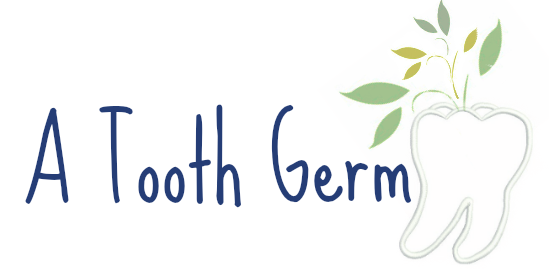
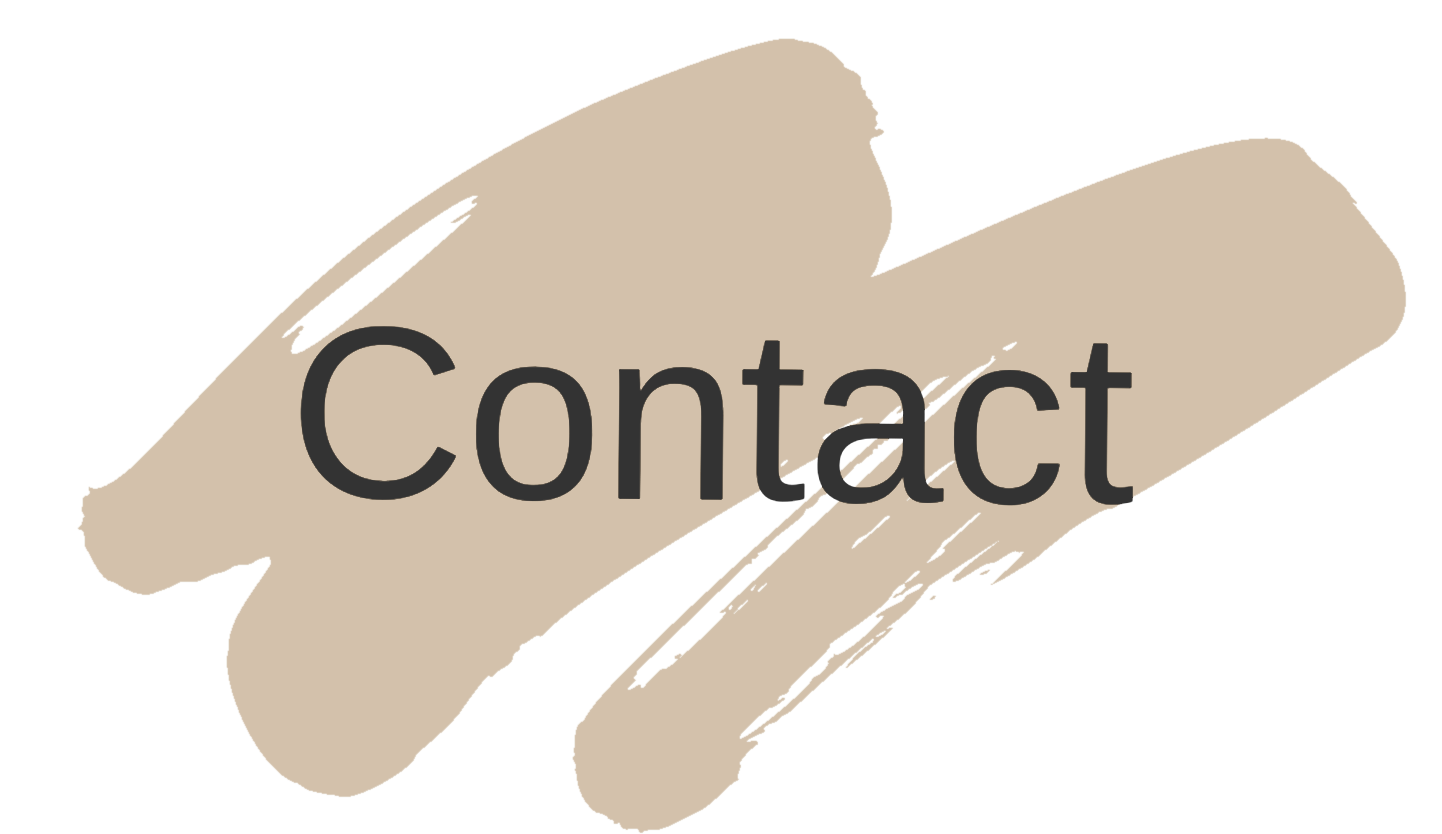


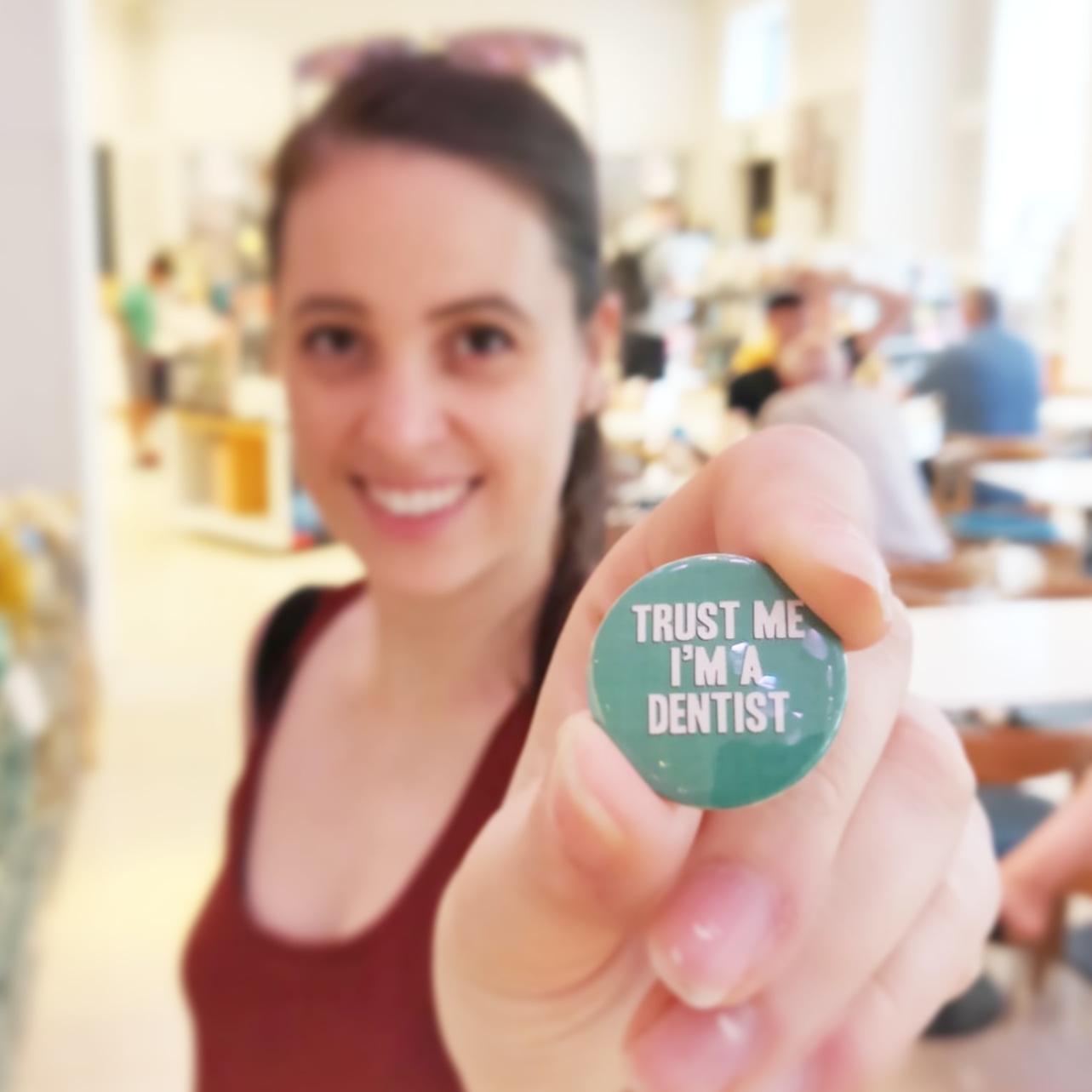





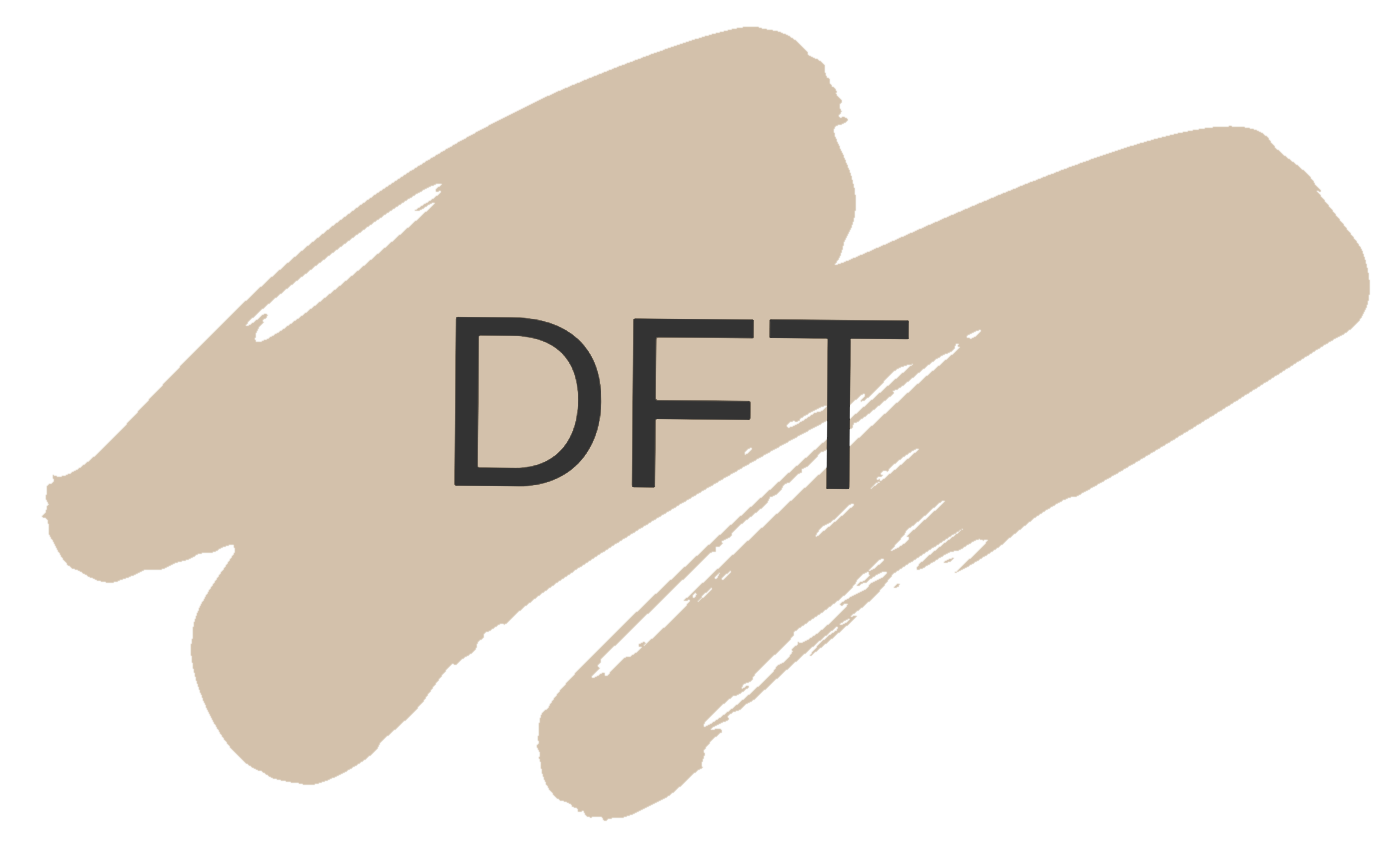

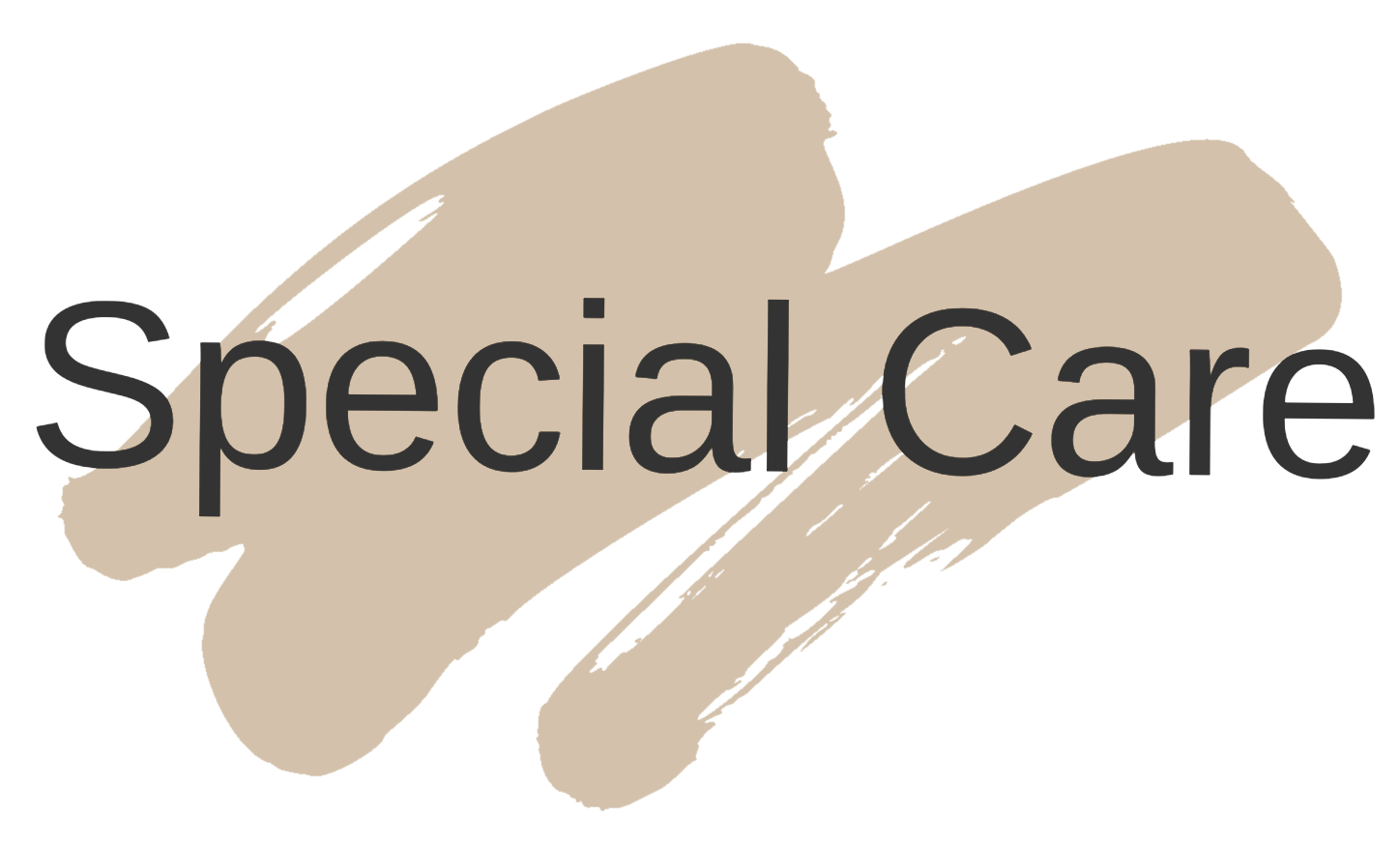
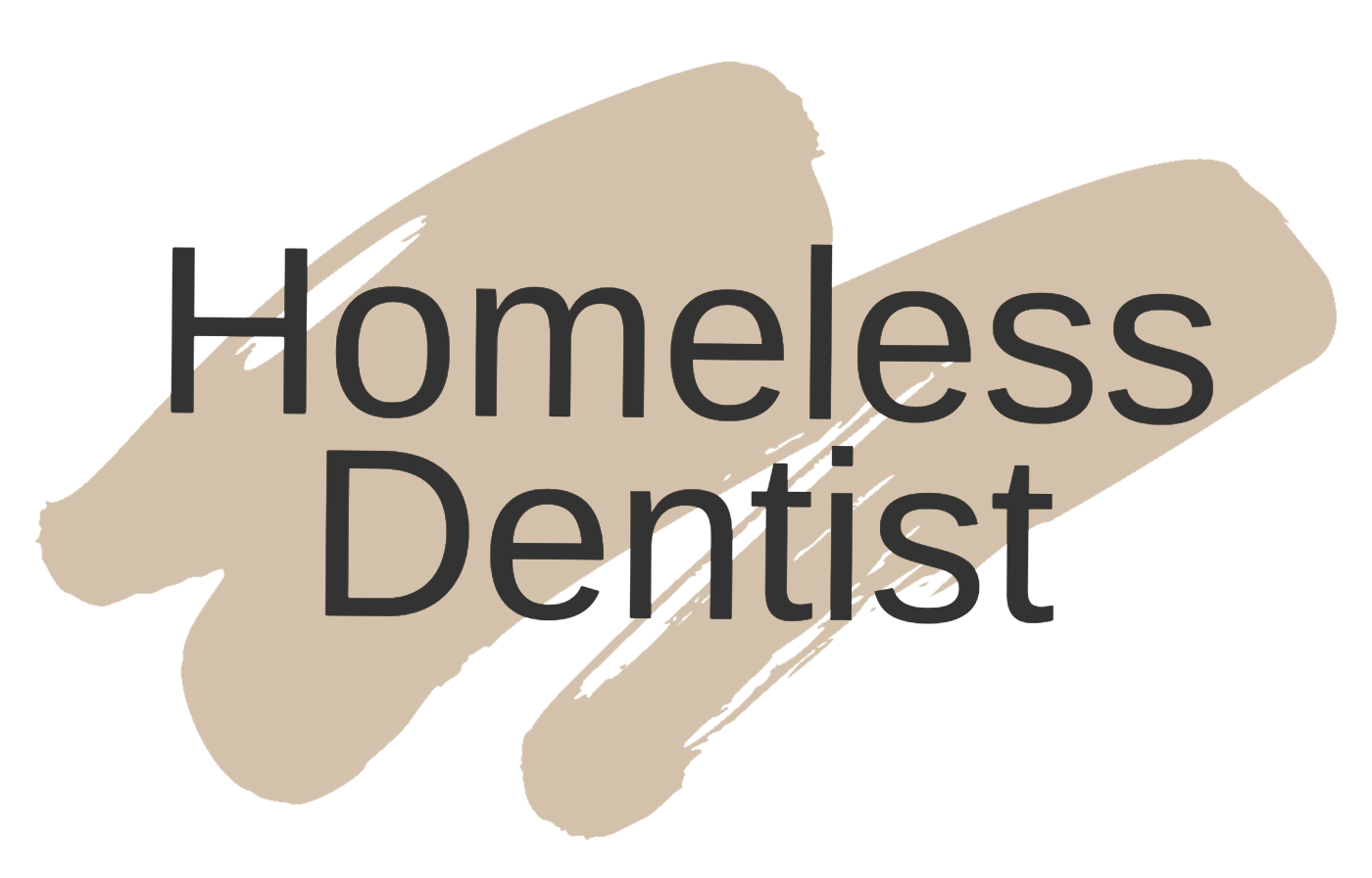


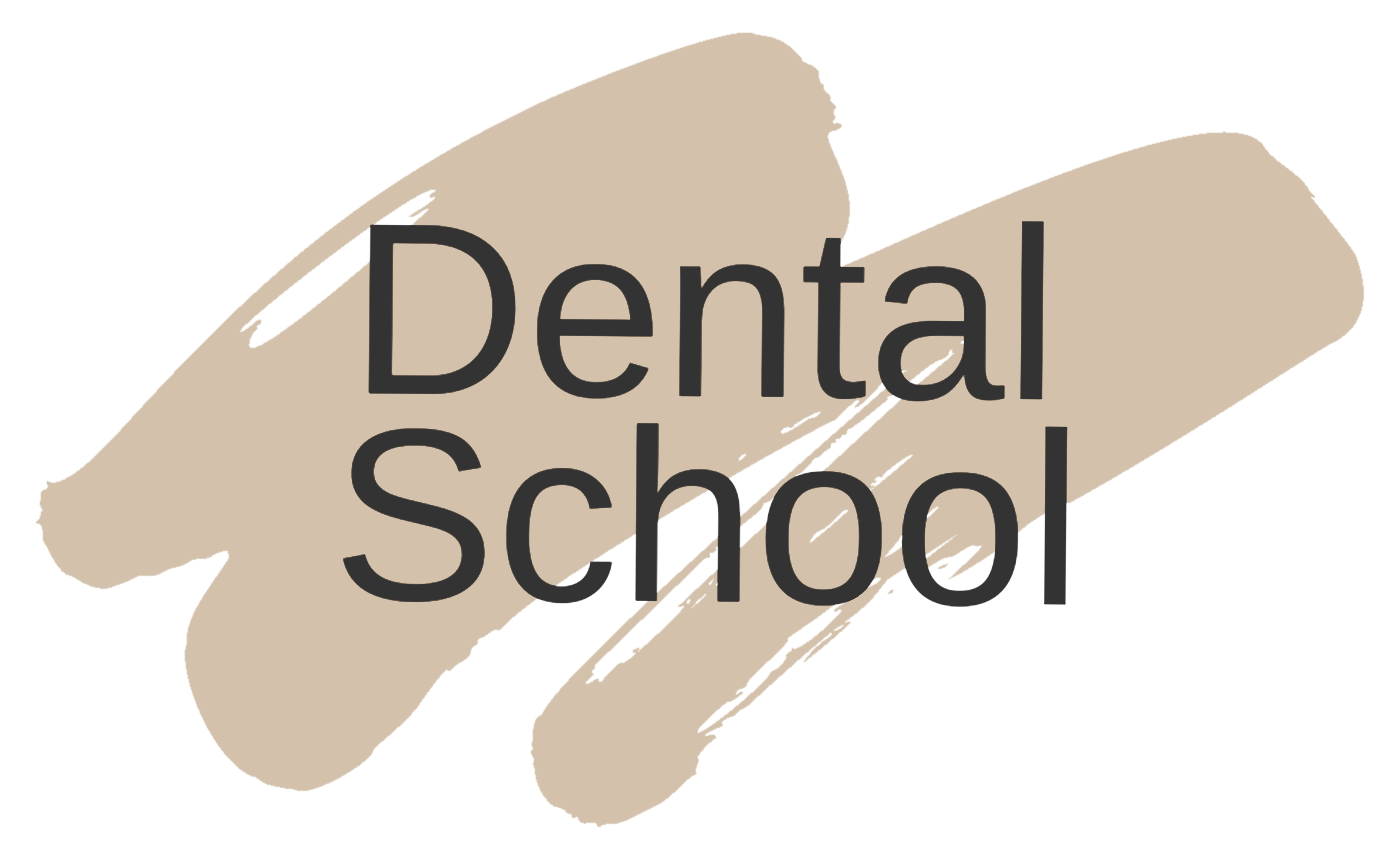
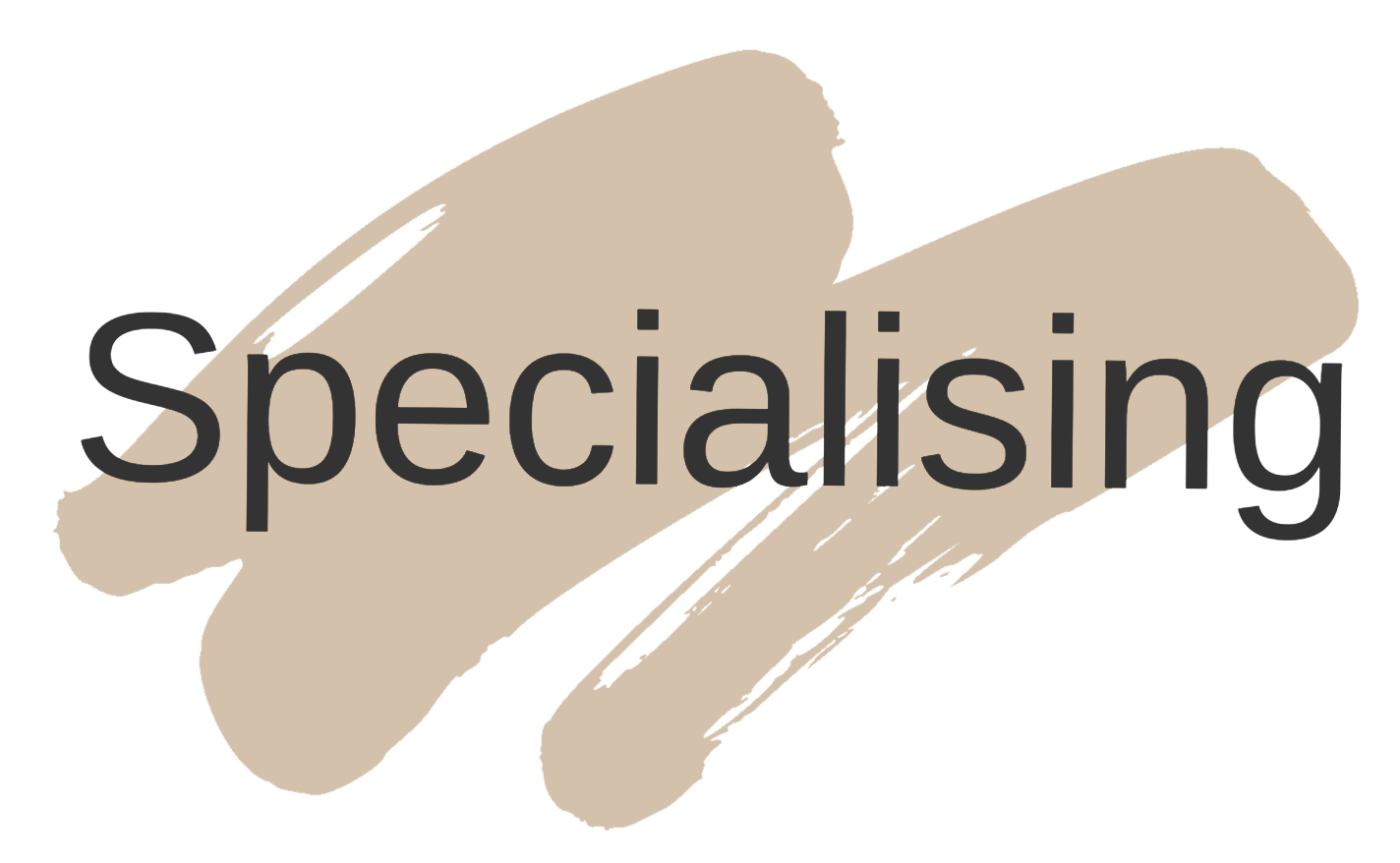
0 comments